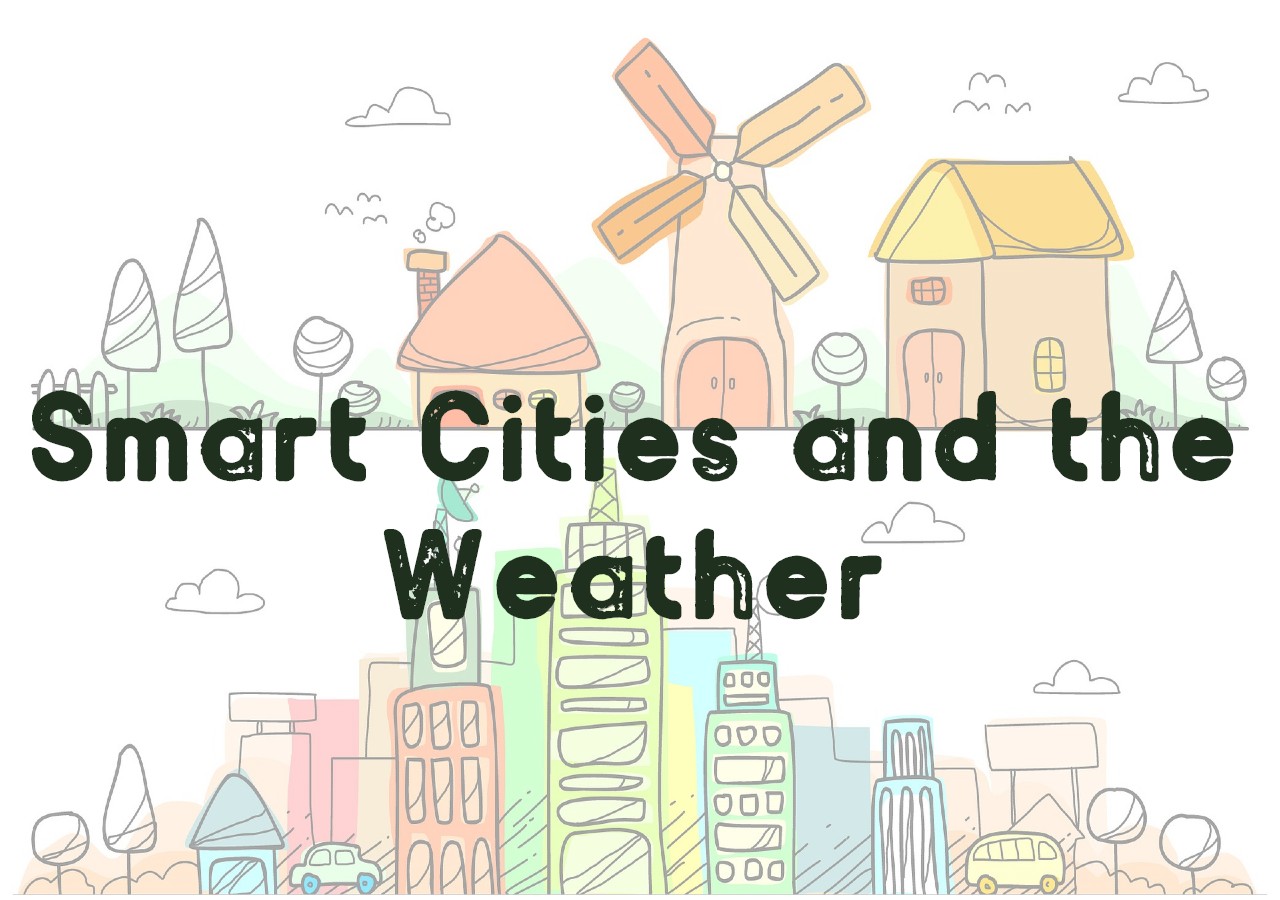In this Article

Smart Cities and the Weather
A study by the NCAR concluded that routine weather events have an impact on the economy of a country. And this impact equates annually to about 3.4% of the country’s GDP. This figure was obtained without including the impact of extreme weather events which cause disruption and damage. NCAR also suggested that agriculture and mining are most sensitive to weather impact with retail and utilities not far behind.
When we look at it closely, then many city systems are impacted by the weather in a similar way. Many systems are prone to this impact, including, sanitation, healthcare, policing, energy and water, transportation, and parks and recreation. When we also include the effects of extreme weather events, then the list also includes disaster forecasting, preparation, and response.
Smart cities are starting to understand this connection between weather and their goals. That is why smart cities initiatives are now interested in weather data-driven services. Smart cities initiatives are now working on the following,
- Energy Field
Renewable energy yield, prediction of demand, outages due to storms, grid configuration and management, and demand-response management.
- Water Systems
Management of irrigation activity, prediction of demand, control of tasks like water aging and blending, wastewater treatment, and chemical dosing.
- Transportation
Adaptive traffic routing and controls, estimates of driving times, road safety, and fleet deposition and management.
- Environmental Management
Prediction of air pollution (particulates, ozone, etc.) and water pollution (heavy metals, chemical waste, etc.)
- Smart buildings
Inputs for free-air cooling and adaptive HVAC
- Prediction and management of disruptions
Forecasting severe weather events that may lead to risky conditions and possible damage.
First, with smart cities, it is all about the IoT and the impact it has on the capabilities of weather forecasting. Satellite data is one component of this, but terrestrial data is a huge part too.
Second, with smart cities, it is all about the ever-growing power of AI and analytics. Weather models have been among the major applications of supercomputing resources. Today, weather forecasting is taken to a whole other level of application and capability due to the ability to create high resolution or micro-forecasts. These abilities are further enhanced when combined with other data on traffic, vegetation, and topology.
Beijing has an AI-powered air pollution forecasting system. It can differentiate between pollution levels on a micro-scale. When it is combined with other data, then it becomes possible to predict the output from a solar installation or wind-farm many hours in advance.
Smart cities can benefit from these in the following ways,
- Probabilistic snow forecasting can be combined with on-ground data which enables the smart city to assess the best location for stationing its snowplows.
- Hyper-local temperature and humidity observations can enable a smart city to forecast the energy load from its own buildings, given their known performance and the available margin for demand response purposes.
- Fog micro-forecasting can be linked-to accident data and for predicting the chances of traffic accidents by location. This will help in configuring variable speed limit signs and the hue of smart street lights to reduce glare.
Related Blog Posts
How Smart Cities Connect: Getting Started with Edge AI and IoT Technology
How to Get Started with Edge AI and IoT Technologies in Smart Cities: Overcoming Integration Challenges In recent years, the concept of smart cities has evolved from a futuristic Read More
5 Step Strategy: Ensuring Security and Privacy in 15-Minute Smart Cities
Introduction Ensuring security and privacy in 15-minute smart cities is a critical challenge as urban areas become increasingly connected through IoT and edge AI technologies. These cities aim to Read More
What is a smart city and the challenge of legacy systems
How to Get Started with Integrating Legacy Systems in Smart Cities Smart cities are transforming urban landscapes by leveraging technology to improve the quality of life for residents. However, Read More



